I see Copy.ai as a significant tool transforming how marketers approach content creation. It is an AI content generator that uses machine learning to assist in writing various forms of marketing copy. As a marketer, I understand the constant need for fresh, engaging content across multiple platforms. Copy.ai aims to address this demanding pace, offering a way to draft quality content faster than traditional methods allow. My goal here is to explain what this tool does, how it works, and where it fits into the modern marketing workflow.
What is Copy.ai?
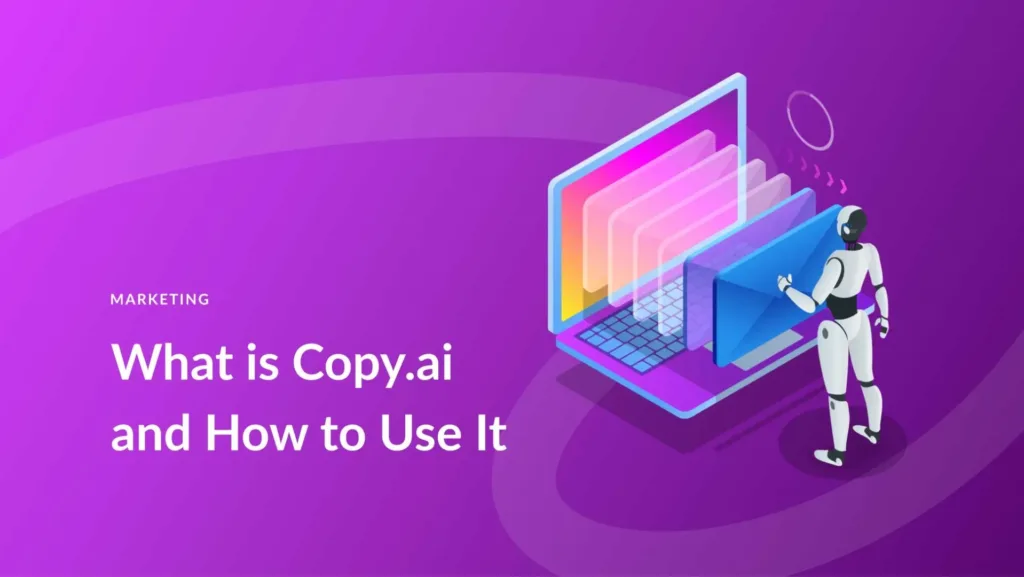
Copy.ai is an application that uses artificial intelligence to generate written content. The core technology leverages large language models (LLMs)—the same type of AI behind many conversational chatbots—but specifically fine-tuned for marketing and business language.
Instead of staring at a blank page, marketers start with a concept, input a few key details about the desired message and audience, and the AI suggests various copy options. This is a game-changer for brainstorming and rapid drafting. The output is not usually a final product, but a strong starting point that requires editing and human refinement.
How Copy.ai Generates Content
The process of generating content with Copy.ai follows a straightforward pattern:
- Selection: I choose a specific content type from its extensive list of Copy.ai templates. This might be an email subject line, a social media ad, or a blog post outline.
- Input: I provide the AI with brief, relevant information. This includes the product name, a short description, and the desired tone (e.g., professional, witty, casual).
- Generation: The AI processes this input against its model and generates multiple variations of the requested copy almost instantly.
- Refinement: I review the suggestions, pick the best one, and edit it for brand voice, factual accuracy, and overall flow.
This capability makes Copy.ai for business a helpful assistant, streamlining the initial drafting process.
Real-World Applications of Copy.ai for Marketers
Copy.ai is highly versatile. I use it across my marketing channels to solve different content needs. Here are some of the key areas where the tool provides significant value:
Digital Advertising and Short-Form Copy
Creating compelling ad copy is time-sensitive. A/B testing multiple headlines and descriptions is essential for successful campaigns. Copy.ai dramatically speeds up this process.
- Social Media Posts: I can quickly draft engaging copy for platforms like Instagram, Facebook, and LinkedIn. This includes captions, calls-to-action, and quick updates.
- Search Engine Marketing (SEM): The tool helps generate diverse headlines and descriptions for Google Ads, improving the chances of a high click-through rate.
Long-Form Content and SEO Writing
While short-form content is the immediate application, Copy.ai also assists with longer pieces, which is vital for effective SEO writing.
- Blog Writing: I use it to create outlines, section introductions, and conclusion summaries for my articles. This provides a strong structure before I dive into detailed writing.
- Product Descriptions: Writing unique, persuasive descriptions for hundreds of products can be monotonous. The tool ensures each description is distinct and highlights different features.
- Email Marketing: Generating sequences of emails—welcome, promotion, follow-up—is faster using the Copy.ai email marketing templates.
Understanding the Importance of AI in Content
The rise of tools like Copy.ai signals a shift in content production. AI-powered assistants are becoming standard. For an overview of how these tools compare, I recommend reading about other AI writing tools 2025 and alternatives, such as the review on Suno AI: A Strong Manus AI Alternative.
Current Trends and Productivity with Copy.ai
The current landscape of marketing demands high Copy.ai productivity. Marketers are expected to manage more channels and produce more content than ever before. AI tools are trending toward deeper integration and greater sophistication.
Integration and Workflow
A significant trend is the push for AI tools to integrate seamlessly into existing workflows.
- Browser Extensions: The Copy.ai Chrome extension allows me to generate copy suggestions while working directly inside other applications, such as my content management system or social media scheduler. This minimizes context switching, saving time.
- API Access: For larger organizations, the ability to connect the AI’s generation engine directly to internal databases or proprietary software is a key development, automating content creation at scale.
Focusing on AI Accuracy and Quality
The quality of AI-generated content continues to improve. While early versions of AI copywriting sometimes produced repetitive or nonsensical text, the Copy.ai accuracy is now high enough to provide usable drafts. However, I always emphasize that human oversight is mandatory. AI can hallucinate facts or miss cultural nuances. The role of the human editor shifts from primary creator to curator and fact-checker. This combined approach of speed from the machine and quality assurance from the person is the most effective current model.
Copy.ai vs. Competitors
When I consider different AI writing tools, I often look at comparisons. Marketers frequently ask about the difference between Copy.ai vs Jasper or Copy.ai vs Writesonic.
- Core Difference: Most popular AI copywriting tools share a similar underlying technology (LLMs). The distinctions usually lie in the user interface, the variety and quality of the specialized Copy.ai templates, and pricing structure.
- Template Focus: Copy.ai templates are often cited for their diversity and focus on short, high-conversion marketing copy. Jasper, in comparison, is sometimes favored for more structured, long-form content projects. However, both continually evolve their offerings.
- User Experience: I find Copy.ai‘s interface intuitive and beginner-friendly, making it easy for a whole team to adopt.
For those interested in exploring tools that facilitate student work, which often requires a similar rapid drafting and information structuring, I suggest checking out the 5 Best AI Homework Helper Tools for Students.
The Fundamentals of Using Copy.ai
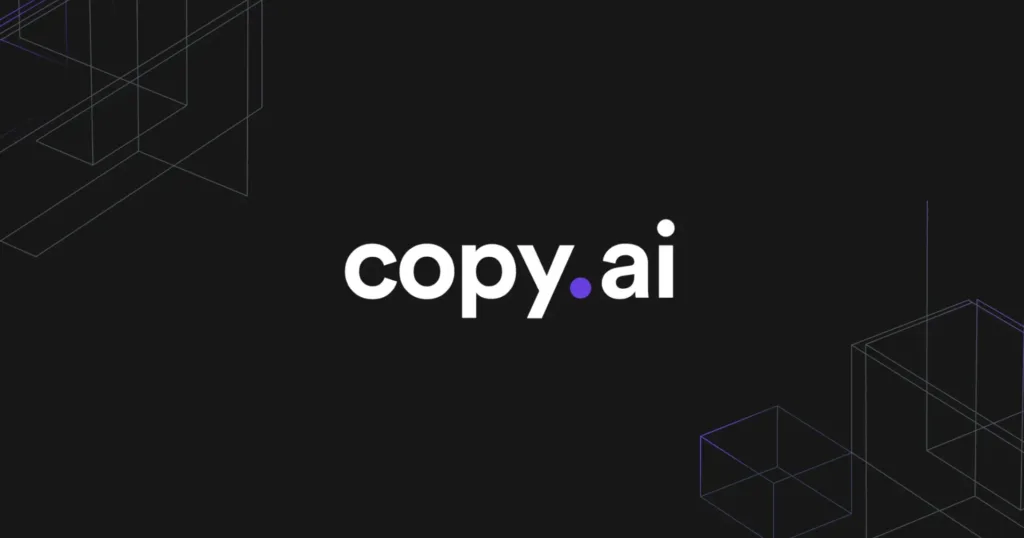
To make the best use of this tool, I focus on two key areas: understanding the difference between its tiers and mastering the prompt engineering required to get quality output.
Copy.ai Free vs. Pro
Most AI writing tools, including Copy.ai, offer tiered access.
- Free Version: The free access is an excellent way to test the tool. It typically includes access to a basic suite of templates and a limited word count. I find this useful for quick experiments and getting a feel for the AI’s capabilities.
- Pro Version: The paid, or “Pro,” version usually unlocks unlimited word generation, premium templates, and advanced features like collaboration tools and faster processing. For any serious marketing department, the Pro version is essential for achieving the necessary volume of content.
Mastering the Input: Getting the Best Marketing Copy
The quality of the output in Copy.ai is directly tied to the quality of my input. This is known as “prompt engineering.”
- Be Specific: Instead of saying “write a product ad,” I say, “write a Facebook ad headline for a new organic coffee blend, targeting young professionals, with an energetic and inspiring tone.” Specificity guides the AI toward the best result.
- Define the Audience: I clearly state who the copy is for. Knowing the target demographic helps the AI select appropriate language and psychological triggers for the Copy.ai marketing copy.
- Specify the Format: I choose the most relevant template. Using the designated template for a product description will yield a better result than trying to force a blog post template to write one.
The Ethical and Legal Considerations of AI Copywriting
As I use Copy.ai and similar tools, I must consider the ethical implications. Content generated by AI should be checked for originality and factuality. While AI can improve efficiency, I must ensure my final content complies with regulatory standards, such as those set by government bodies for advertising and consumer protection. I always fact-check claims and check for plagiarism. The U.S. Federal Trade Commission (FTC), for instance, has guidelines on truth in advertising that apply regardless of whether a human or an AI wrote the ad.
The Future of Copy.ai
The Copy.ai future updates are likely to focus on deeper personalization and integration. I anticipate seeing features that allow the AI to learn a company’s specific brand voice and style guide over time, reducing the need for manual editing. Furthermore, the integration with other AI writing tools 2025 is likely to increase, creating interconnected suites of marketing technology.
For a deeper dive into agent-based AI solutions, which represent a cutting edge in automation, readers may find the information on Manus AI Agents insightful.
Conclusion
Copy.ai is a powerful AI content generator that serves as a vital tool in the modern marketer’s arsenal. It dramatically enhances Copy.ai productivity by automating the most time-consuming parts of the content creation cycle—the initial draft and brainstorming. By utilizing its diverse Copy.ai templates and providing focused input, I can generate high-quality Copy.ai marketing copy efficiently. While the tool is a fantastic assistant, the human role of editor, strategist, and brand guardian remains paramount. The seamless blending of AI speed and human judgment is the key to successful content marketing today.

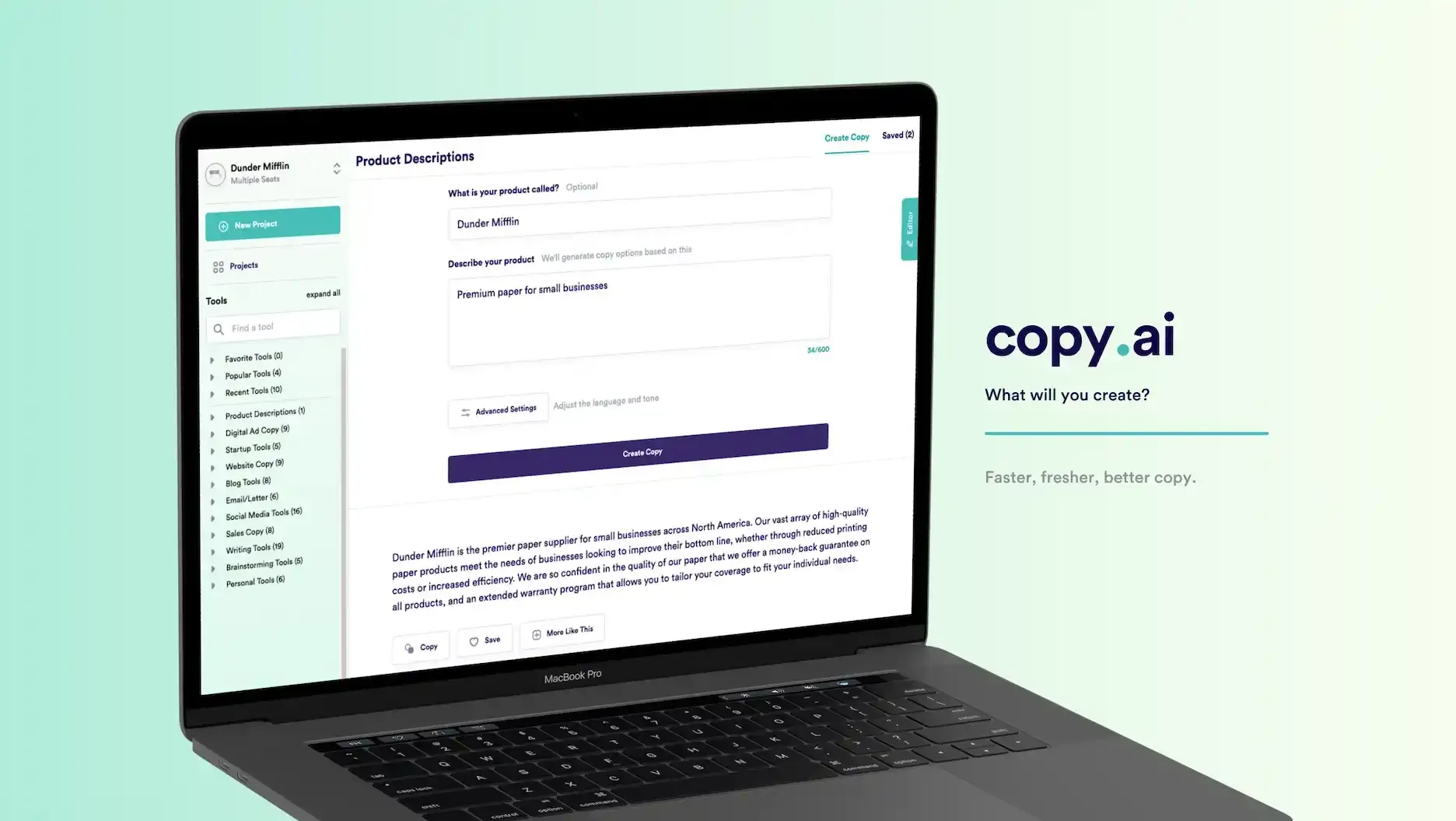
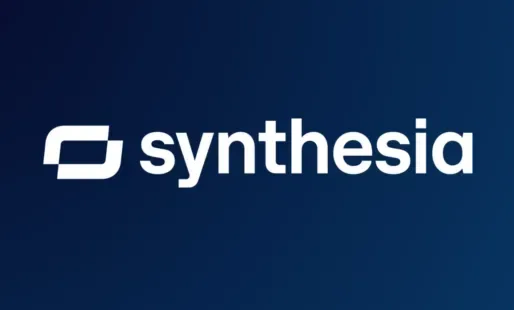
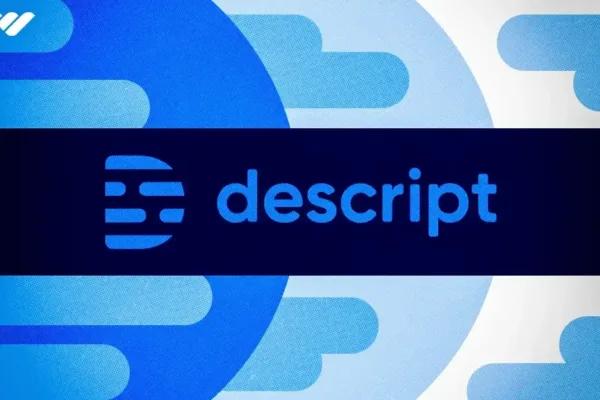
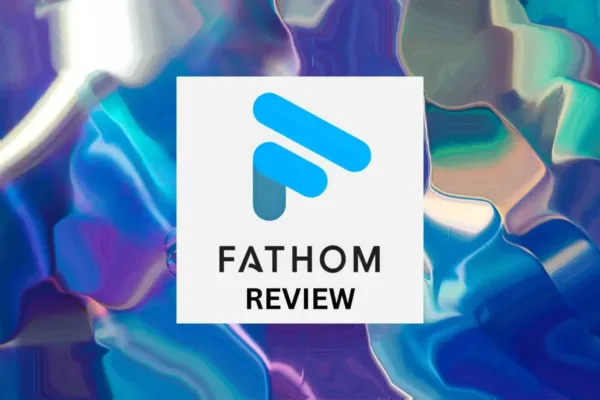
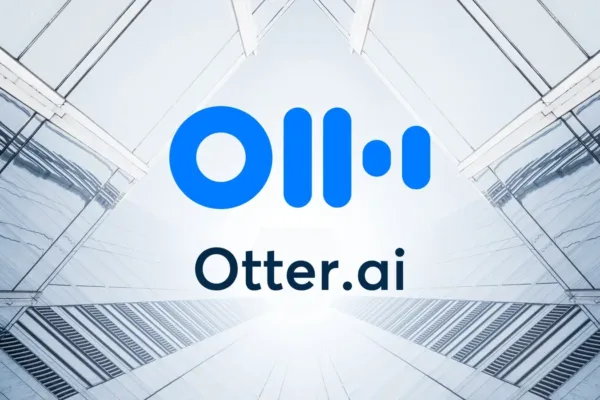
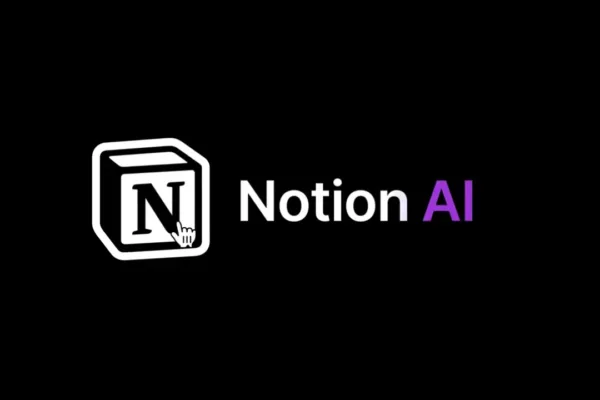
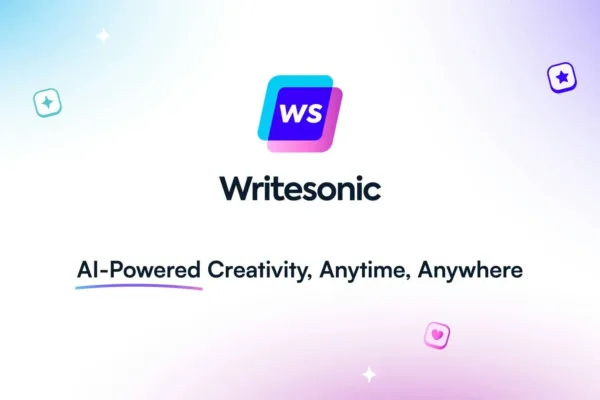

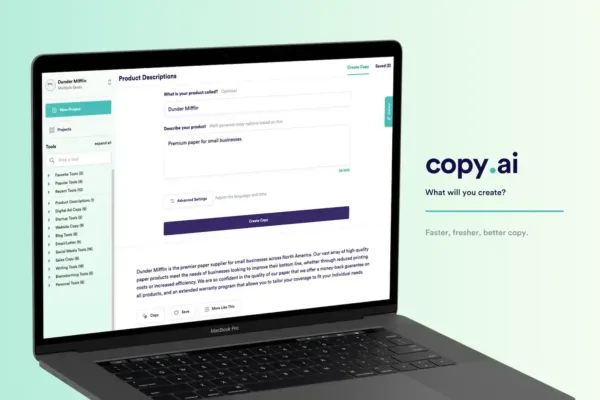
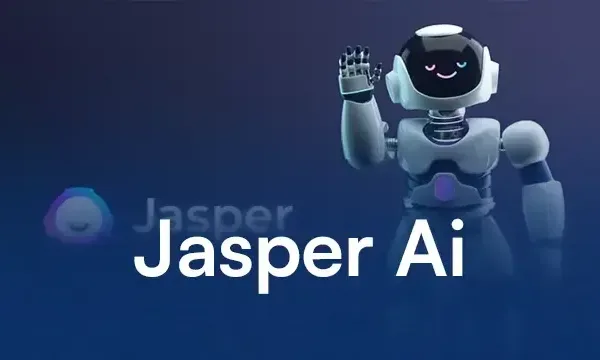

One thought on “AI and Augmented Reality: Merging AI with VR for Smarter, Immersive Experiences”